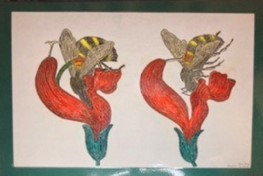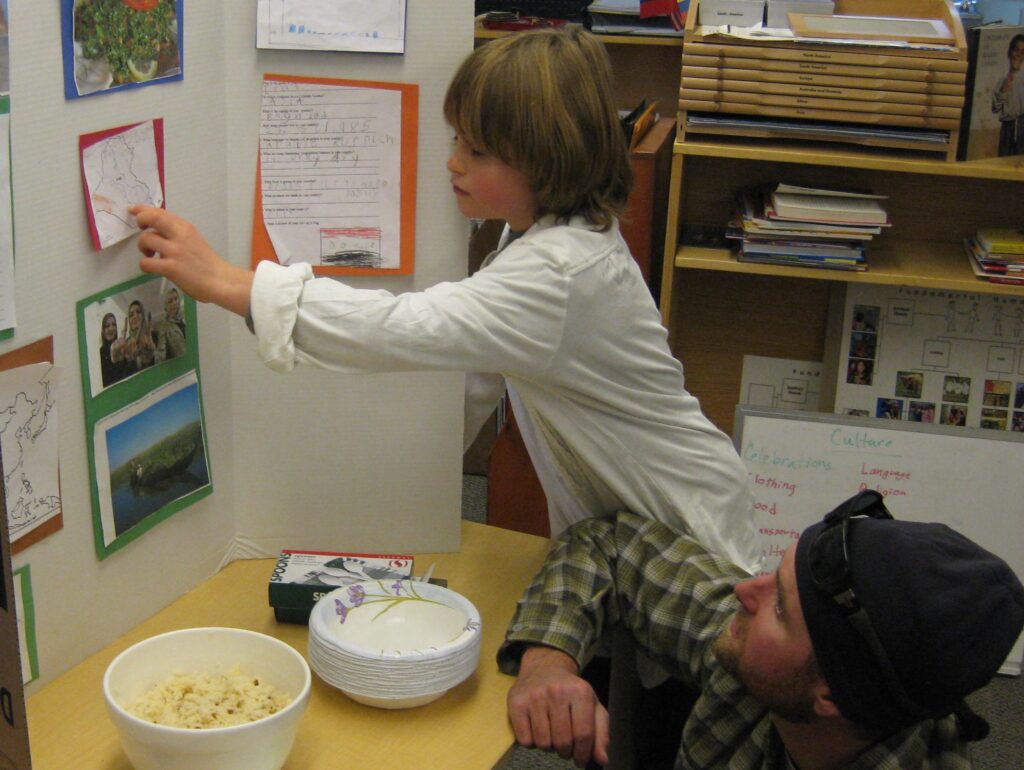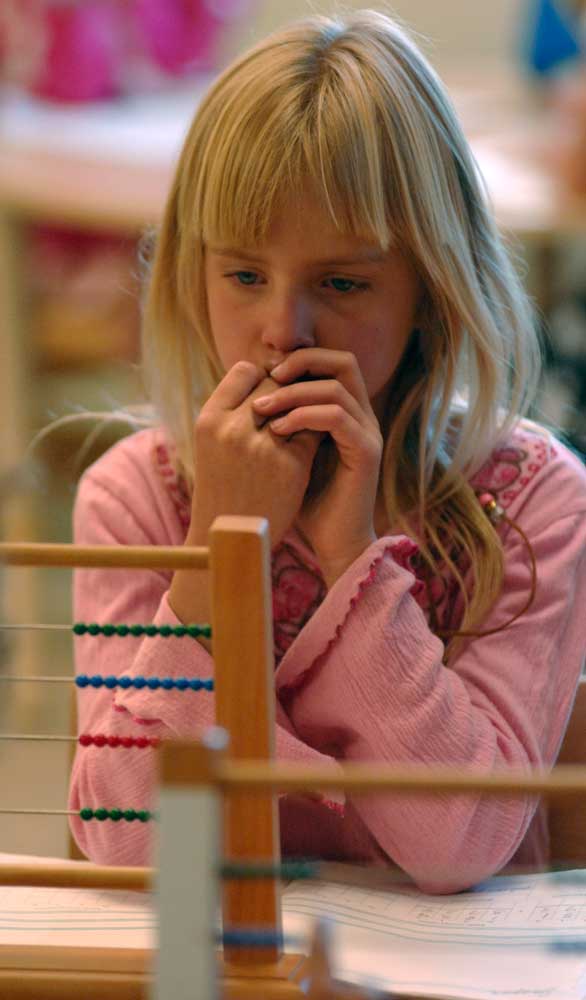The Wisdom and Wonder of Maria Montessori’s Cosmic Vision
’ve been hanging out with Maria a lot these days…well, actually with Mario and Maria. If you’ve been reading my words through this blog or joined Demystifying Cosmic Education, you know I spend a LOT of time reflecting on how our Montessori practice leads children to the discovery of their cosmic task, no matter the age of the children with whom we spend our days. The activities we provide and the way we provide them are designed to touch the heart and soul of the child, to draw them into feeling their deepest inner self.
As I focus on creating a new short course in Cosmic Education, I’ve been spending time with Maria and Mario in Kodaikanal. Through Mario’s words, I’ve travelled to the rooms where they sat discussing the world’s miracles that were unfolding through fortuitous moments. Having discovered, by chance, that the starving animals living in his carefully prepared terrariums only ate when the food moved, Mario and Maria worked out the dance among the animals whose purpose was to keep the living population in check. This moment set their thoughts in motion on the wonder of the cosmos and the beautiful perfection that existed within it.
Bouncing back to reality, I reflected on the moment when I came to awareness of cosmic task. It was “Love in Plants.”

Yes, I already knew the biology. I understood how plants and animals worked together to further the species and to promote diversity. I was a lover of plants. The most joyful days of my childhood were spent sitting in trees or hiding among ancient grapevines. Even though I’d endured my share of stings when my bare feet found a bee among the clovers, I didn’t fear the insects. I rested calmly in the knowledge that I did not possess the nectar they were seeking.
But I’d never felt the power of the biology. I’d never sensed the intricate awesomeness of the Universe. Until “Love in Plants.”
To awaken to the simplicity of love working in the world, all the time, for billions of years, to the creation of all things, including me, truly moved the Earth inside my own heart. Montessori’s idea of Cosmic Task became clear in that moment and I was set free to discover mine.
I’ve imagined how it must have been for Maria to be working with her son. In my reveries, I felt her experience of love: love that guided her through the trials of a pregnancy outside of marriage, the challenges of limited opportunities in her chosen field, and the pain of exile. It was always love that brought her through life’s twists and turns.
In the discovery of human development, Maria was fulfilling her Cosmic Task. She pulled back the veil of childhood and helped the world to see the possibilities for genuine peace through triumph over trials, if only children were properly guided through their growth into adulthood. She felt with all her being that the Universe is LOVE.
And in that moment of “Love in Plants,” I felt it too.


